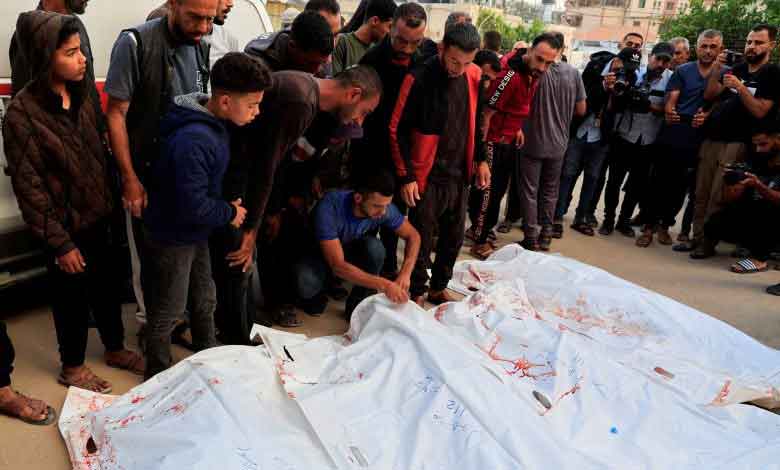
In a world increasingly fragmented by ideological conflicts and military hostilities, poetry often becomes one of the few surviving forms of honest human dialogue. The cases of Iran and Israel—two nations embroiled in mutual suspicion, geopolitical hostility, and historical trauma—offer a compelling contrast between state rhetoric and poetic reflection. Amid the thunder of missiles and the silence of diplomacy, poets from both lands have continued to write, speak, remember, and imagine. Their verses, often uncelebrated outside academic or underground circles, form an invisible bridge—fragile, yes, but one that resists destruction by its very nature.
Iran has long been known as a land of poets. From the medieval mysticism of Hafez and Rumi to the defiant modernism of Forough Farrokhzad and Ahmad Shamlou, Iranian poetry remains one of the most powerful expressions of dissent and dignity. In the contemporary landscape, poets like Simin Behbahani, known as the “Lioness of Iran,” wrote boldly against the restrictions placed on women and the crushing force of authoritarianism. Her ghazals retained traditional form but subverted it with sharp critique. Even after the 1979 revolution, when censorship intensified, the poetic form continued to be a vehicle for coded resistance. Younger Iranian poets—writing in Persian, English, or in exile—today articulate themes of exile, belonging, faith, and rupture. Their work exists both within Iran and in the diaspora, reflecting a cultural continuity that state policies cannot erase.
Israel’s poetic tradition, equally rich and historically burdened, carries the voice of a nation formed in the aftermath of genocide and in the context of continuous conflict. The early Hebrew poets—like Yehuda Amichai, often regarded as the country’s greatest modern poet—used poetry to grapple with themes of war, identity, love, and loss. Amichai, a veteran of several wars, transformed personal experiences into universally resonant metaphors. Unlike official rhetoric, his poetry often questioned the cycles of violence and nationalism. The contemporary Israeli poetic landscape is marked by diversity—poets like Mahmoud Darwish, who despite being a Palestinian in exile, remains deeply influential in Hebrew literary circles as well, both as a figure of controversy and admiration. Poets like Ronny Someck, Agi Mishol, and Tal Nitzan continue to write across ideological lines, speaking to ecological concerns, displacement, and the limits of political power.
There are moments when these poetic traditions, despite the hardening political boundaries, reflect startling similarities. Both Iranian and Israeli poets share a preoccupation with memory, exile, and mortality. Both grapple with the contradictions of modernity and religion. And in both contexts, poets often find themselves at odds with official narratives—whether it is the silencing of dissent in Tehran or the militarization of identity in Tel Aviv. These poets are not only cultural figures but often targets of state machinery—censored, surveilled, or exiled. Yet their words persist, archived in translations, remembered at festivals, passed quietly from hand to hand.
It is also important to acknowledge the silent literary exchanges that continue despite government restrictions. Persian poetry has been translated into Hebrew and vice versa by underground networks and independent publishers. Israeli poets have expressed admiration for the elegance of Persian verse, while Iranian scholars have noted the introspective quality of Israeli modernist poetry. Though there is no open cultural diplomacy between the two states, the literary world has continued to nourish a dialogue that is unthinkable in political spheres.
The shared history of Jewish and Persian civilizations—dating back to the days of Cyrus the Great and the Babylonian exile—is often erased in today’s geopolitical discourse. But poetry has a memory longer than politics. It remembers when Jewish sages wrote in Persian courts and when Iranian mystics read from Jewish texts. That memory is now refracted through the work of poets who, knowingly or not, echo each other’s anxieties and dreams. The Iranian poet who writes of longing for home and the Israeli poet who writes of mourning lost land may be separated by ideology, but they are united in sentiment.
At a time when political language is increasingly violent and simplified into hashtags and war slogans, the language of poetry insists on nuance, ambiguity, and introspection. It refuses to demonize entire peoples or glorify suffering. Instead, it demands attention to the specific, the human, and the sacred. In doing so, it offers a radical alternative to prevailing narratives—a quiet revolution that begins with a line, a rhythm, a shared silence.
If diplomacy fails and war looms, perhaps it is time to turn not to generals and ministers but to those who write in the dark, without applause, for no audience but truth. Between Iran and Israel, that truth is often buried under layers of fear, propaganda, and history. But in the verses of their poets, it continues to breathe.
Subscribe to Our Newsletter
Get the latest CounterCurrents updates delivered straight to your inbox.
Ashish Singh has finished his Ph.D. coursework in political science from the NRU-HSE, Moscow, Russia. He has previously studied at Oslo Metropolitan University, Norway; and TISS, Mumbai.









































